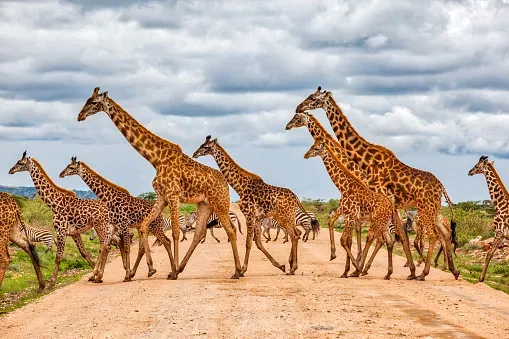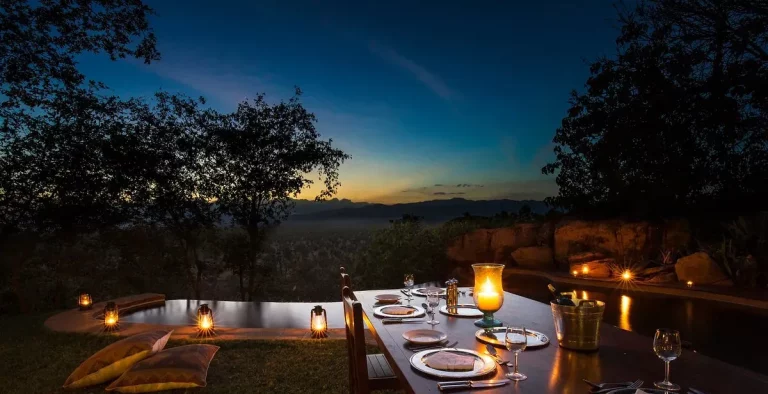Best Time for a Safari in Kenya - Affordable Deals & More.
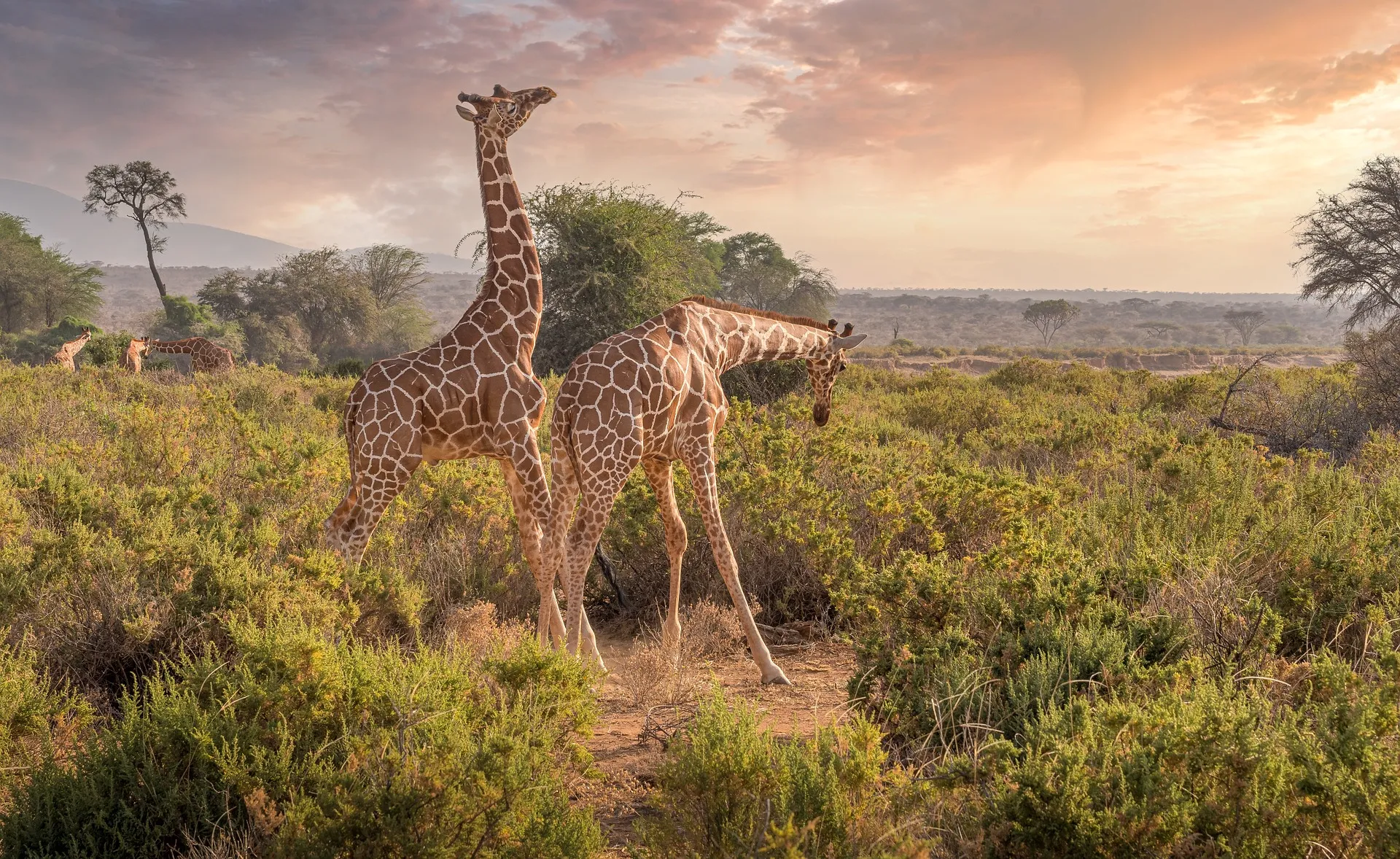
Kenya is an incredibly beautiful country… One that’s jam-packed with more wildlife than anyone can count and sceneries so striking you’d have to see them to believe they’re real. So when’s the best time to visit Kenya? The truth is, it’s difficult to single out a specific month or season as the best time to go on a safari in Kenya.
Why? Because the best time to visit Kenya depends on what you want to see and do. We’ve gathered all the deets on which month is best for what so that you can have an easier time deciding when to visit Kenya.
But First…
Here’s Where to Contact Us to Book Your Kenya Safari
Call or WhatsApp us at +254-704-532-105 or +254-719-222-430. You can also send us an email at safarioffers@kenyaluxurysafari.co.uk, safarioffers@ajkenyasafaris.com, or james@ajkenyasafaris.com
Here's a List of our Most Booked Kenya Safaris
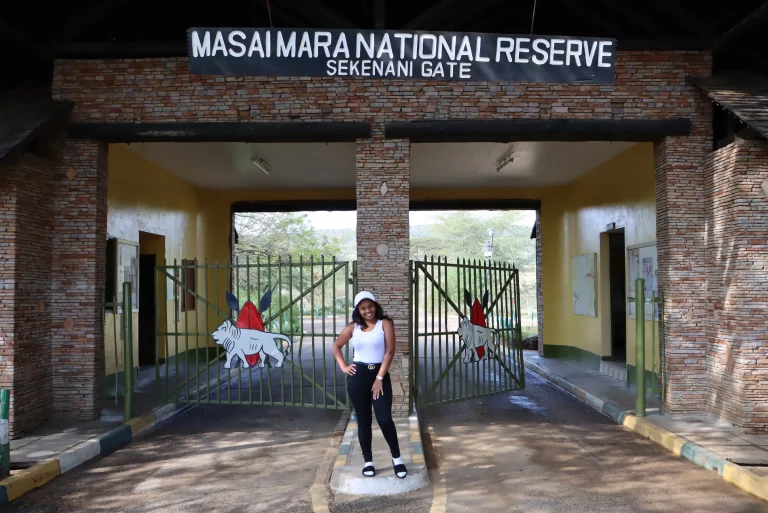
The Classic, 3-Day, 2-Night Masai Mara Safari
From £798
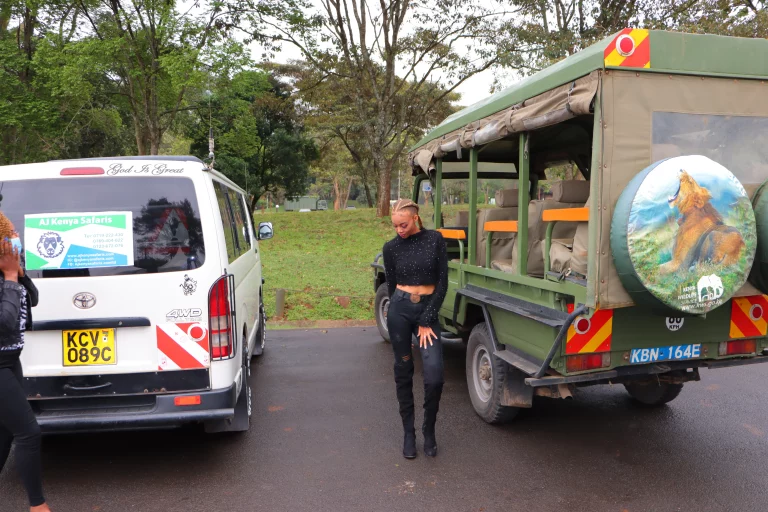
The Magical, 13-Day, 12-Night Kenya Wildlife & Beach Safari
From £4183
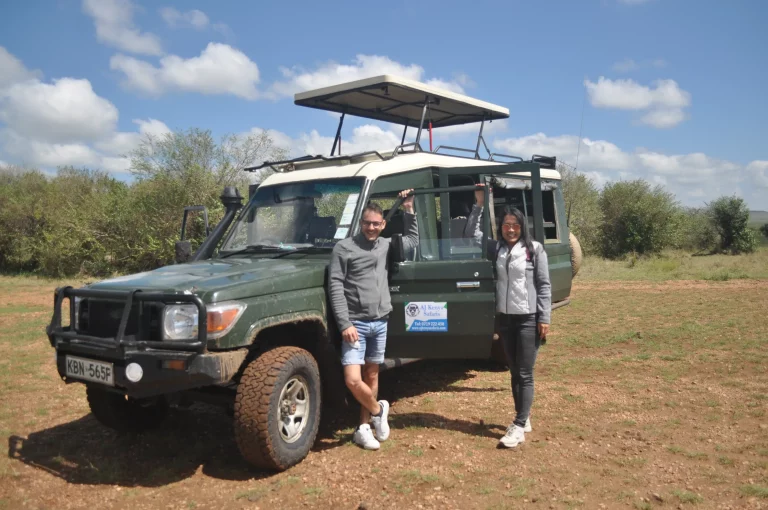
The Budget, 3-Day, 2-Night Jambo Masai Mara Safari
From £887
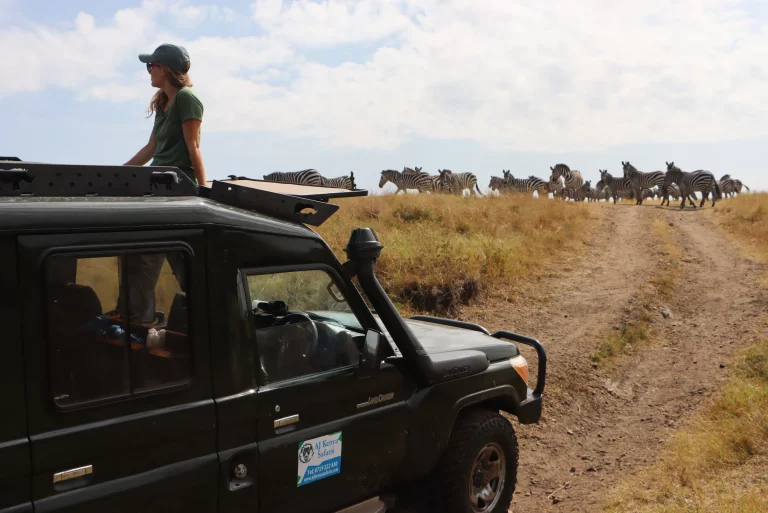
The Luxury, 4-Day, 3-Night Basecamp Masai Mara Safari
From £1233

The Perfect, 4-Day, 3-Night Keekorok Lodge Safari
From £1111

The Adventures, 4-Day, 3-Night Masai Mara Luxury Family Safari
From £1143
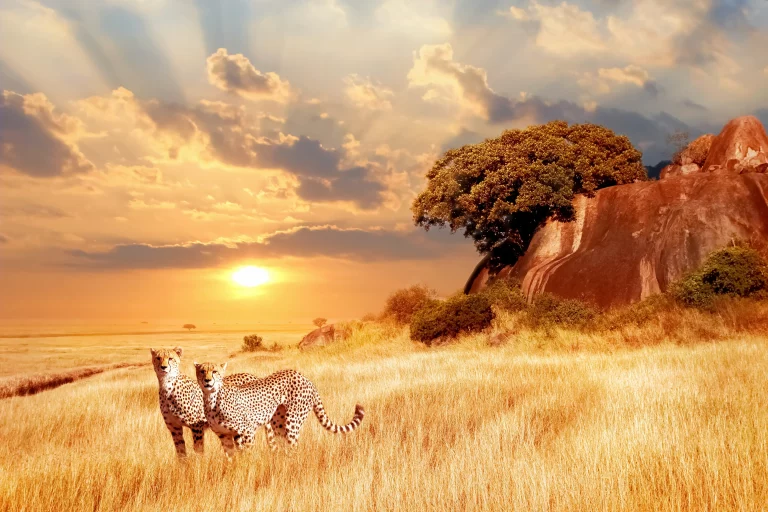
The Magnificent 8-Day, 7-Night Family Safari to Kenya
From £2462

The Classic, 10-Day, 9-Night Family Safari in Kenya
£2495 Per Adult
£1310 Per Child
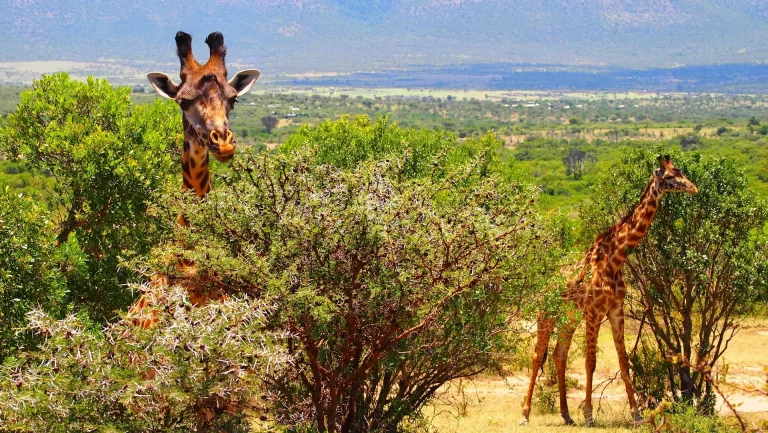
The Magical, 4-Day, 3-Night L. Nakuru & Masai Mara Safari
From £959
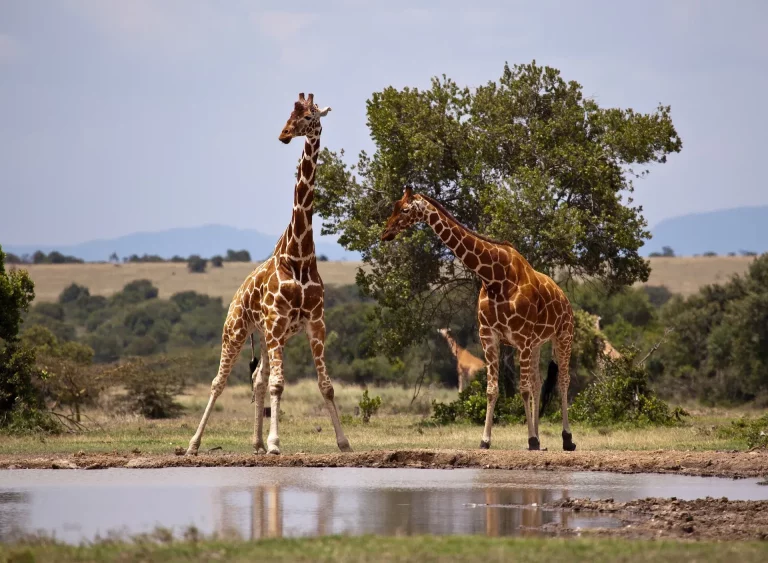
The Luxury, 5-Day, 4-Night L. Naivasha, L. Nakuru, & Masai Mara Safari
From £1359
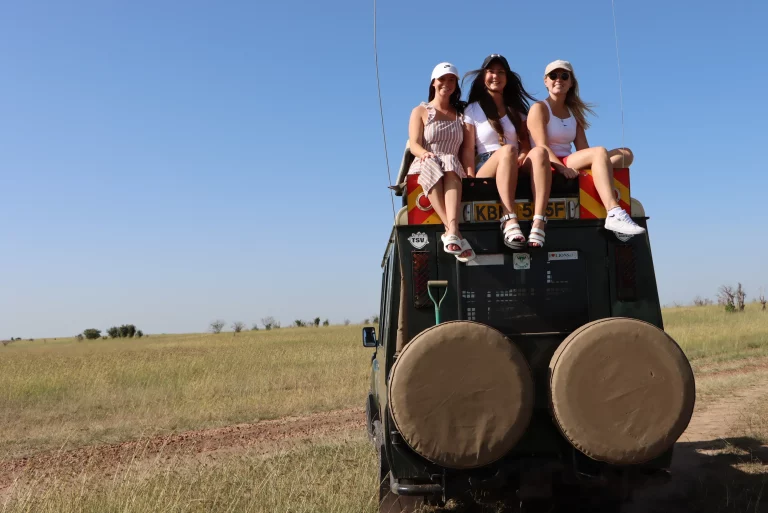
The Super, 5-Day, 4-Night Nairobi & Masai Mara Safari
From £1134
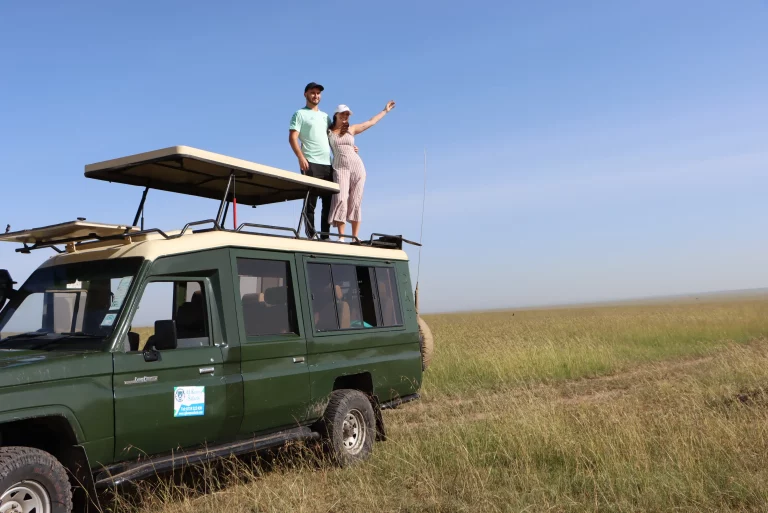
The Magical, 6-Day, 5-Night Amboseli, L. Naivasha, & Masai Mara Safari
From £2234
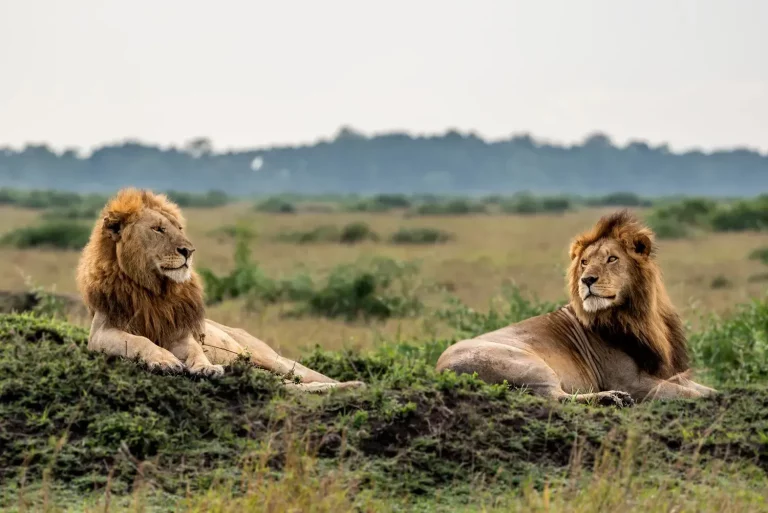
The Adventures. 7-Day, 6-Night Kenya Wildlife Adventure
From £2060
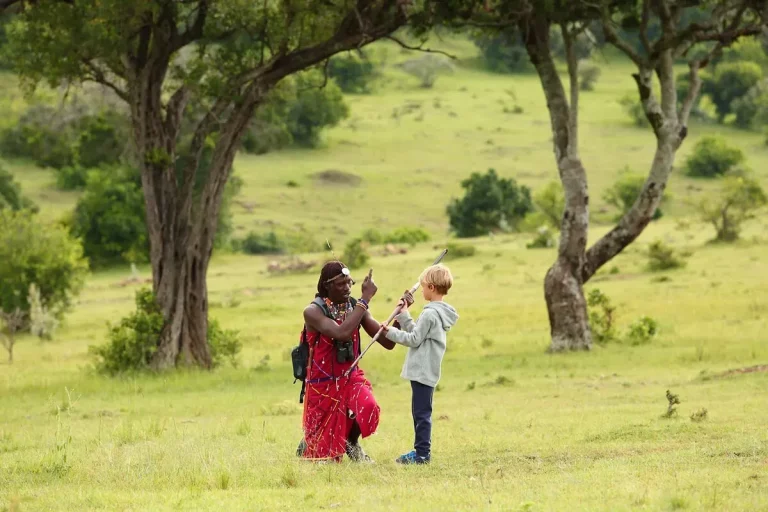
The Magnificent, 7-Day, 6-Day Kenya Wildlife Safari
From £1945
Key Takeaways
- Kenya offers diverse safari experiences with the dry season (Jan-Feb, Jun-Oct) being best for game viewing and the rainy season (Mar-May, Nov-Dec) offering lush landscapes and fewer tourists.
- The Great Wildebeest Migration, a highlight for visitors, occurs from July to October with peak viewing typically late July to September during the Mara River crossing.
- Planning a Kenya safari involves selecting the right time to visit different parks and reserves, preparing properly, and choosing reputable tour operators; combining a safari with a beach holiday is ideal during the dry seasons.
Kenya’s Safari Seasons: A Month-by-Month Breakdown
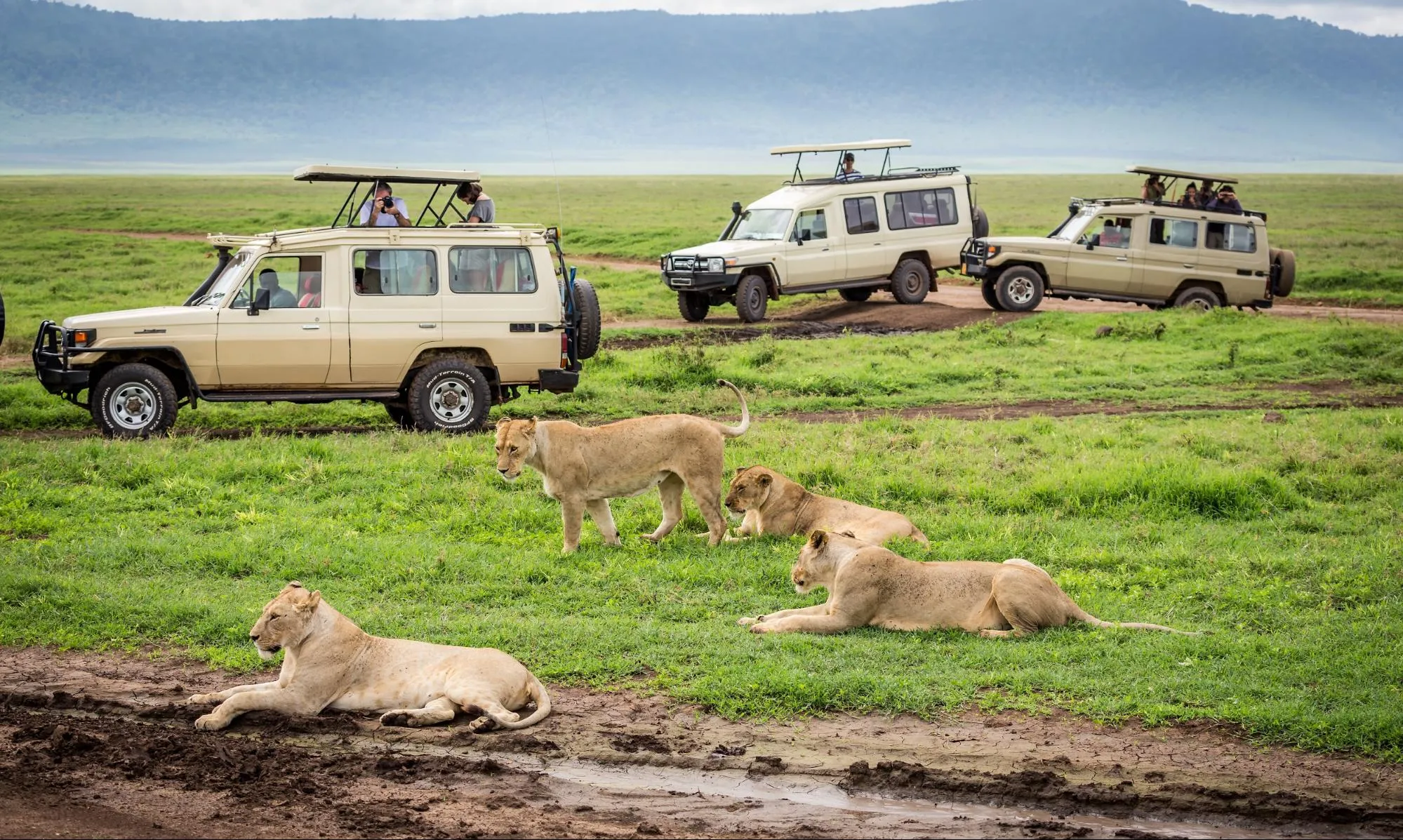
Kenya’s wildlife spectacle is a year-round marvel, but it’s the country’s distinctive seasons that set the stage for its most awe-inspiring displays. The dry season (January-February and June-October) and the rainy season (March-May and November-December) each offer unique experiences and opportunities for safari enthusiasts, especially during the peak tourist season.
The dry season is the prime time for game viewing in the iconic Masai Mara National Reserve and other national parks. It’s when the weather is generally dry and wildlife, driven by thirst, converge around watering holes, providing a front-row seat to nature’s drama.
The short rainy season in Kenya brings:
- Life to the landscapes
- Vibrant hues of green
- Blooming landscapes
- Fewer crowds
Although game viewing might be a bit challenging due to occasional showers, it’s a perfect time to enjoy these benefits.
Dry Season (January-February, June-October)
The Kenyan plains transform into a wildlife paradise during the dry season. The warm weather presents the ideal conditions for game drives... The lack of rain means animals, including the big five (lion, leopard, elephant, rhinoceros, and African buffalo), are easier to spot… And the clear skies and sunny days make for the perfect photography sessions. On the other hand, the dry season sees droves of migratory bird species jet into Kenya, presenting an unparalleled opportunity for birdwatching enthusiasts.
Rainy Season (March-May, November-December)
Despite often being overlooked, Kenya’s rainy seasons hold a unique charm. These seasons are characterized by stormy skies and vibrant green landscapes, providing a beautiful backdrop for wildlife spotting.
The rainy season also offers a quieter safari experience with fewer visitors and lower prices, particularly in November. However, keep in mind that travel and wildlife spotting can be more challenging due to muddy conditions and limited visibility. But if you’re an enthusiast for lush landscapes and don’t mind a bit of rain, visiting Kenya during the rainy season might just be the adventure you’re looking for.
The Great Wildebeest Migration: Timing Your Visit
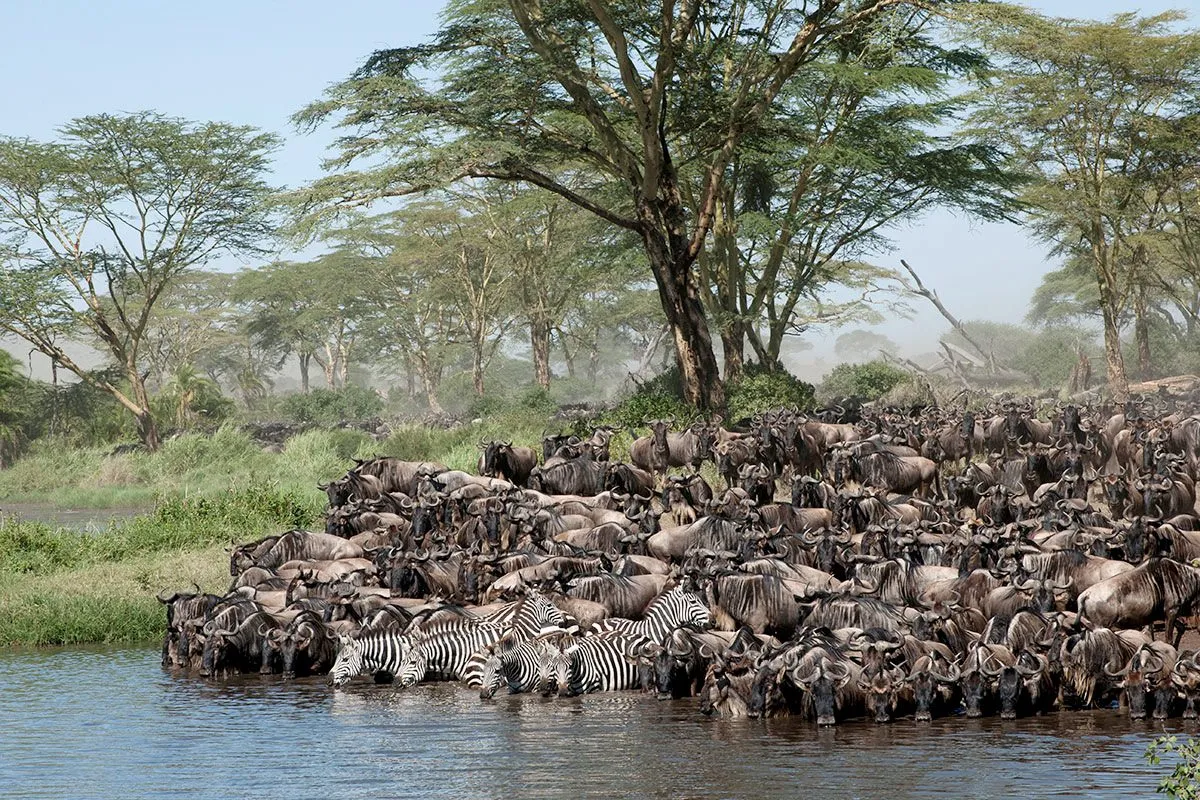
The Great Migration, also known as the Great Wildebeest Migration, is one of nature’s most spectacular events and takes place in Kenya between July and October. This remarkable natural phenomenon sees over a million wildebeest, zebra, and gazelle traverse the vast plains of the Serengeti in Tanzania to the lush grasslands of the Masai Mara in Kenya in search of food and water.
The optimal time to witness this spectacle is from late July to September, which coincides with one of the most dramatic events of the migration – the daring Mara River crossing. During this period, safari-goers get unforgettable wildlife viewing experiences as herds of wildebeest bravely navigate the crocodile-infested waters.
National Parks and Game Reserves: Where and When to Go
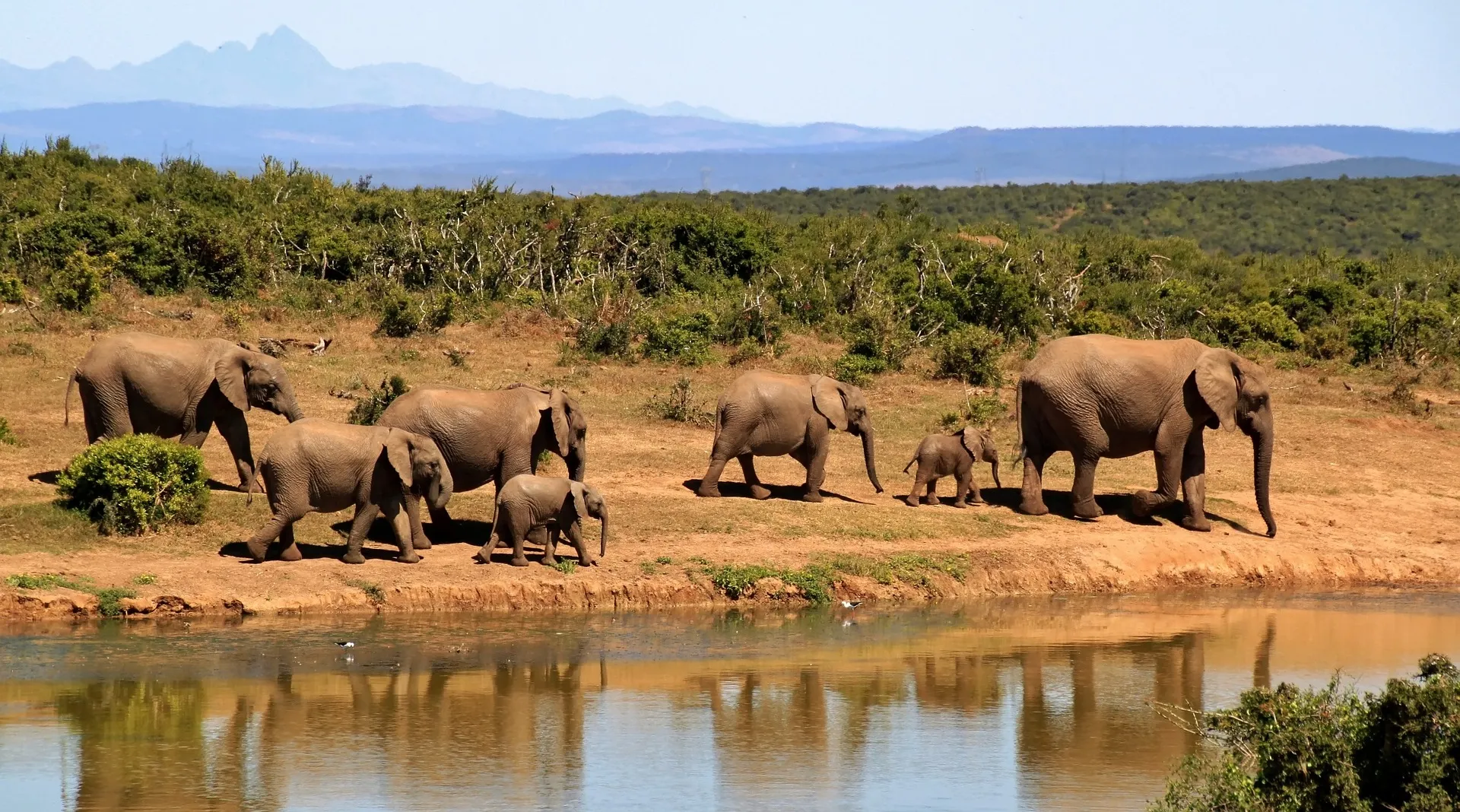
Kenya’s wildlife riches extend beyond the famous Masai Mara. From the shadow of Mount Kenya to the depths of the Great Rift Valley, the country’s national parks and game reserves offer diverse wildlife experiences. A few of these remarkable destinations include Amboseli National Park, Lake Nakuru National Park, and Samburu National Reserve.
Amboseli National Park
Noted for its stunning vistas of Mount Kilimanjaro and large herds of elephants, Amboseli National Park is a must-visit on any Kenyan safari itinerary. The dry season, from June to October, offers exceptional wildlife viewing opportunities and breathtaking panoramas of Africa’s highest peak.
Apart from its elephant population, the park is home to a variety of other wildlife species, and the clear skies during the dry season provide perfect conditions for wildlife photography. So whether you’re an avid wildlife enthusiast or a photography lover, Amboseli National Park promises an unrivaled safari experience.
Lake Nakuru National Park
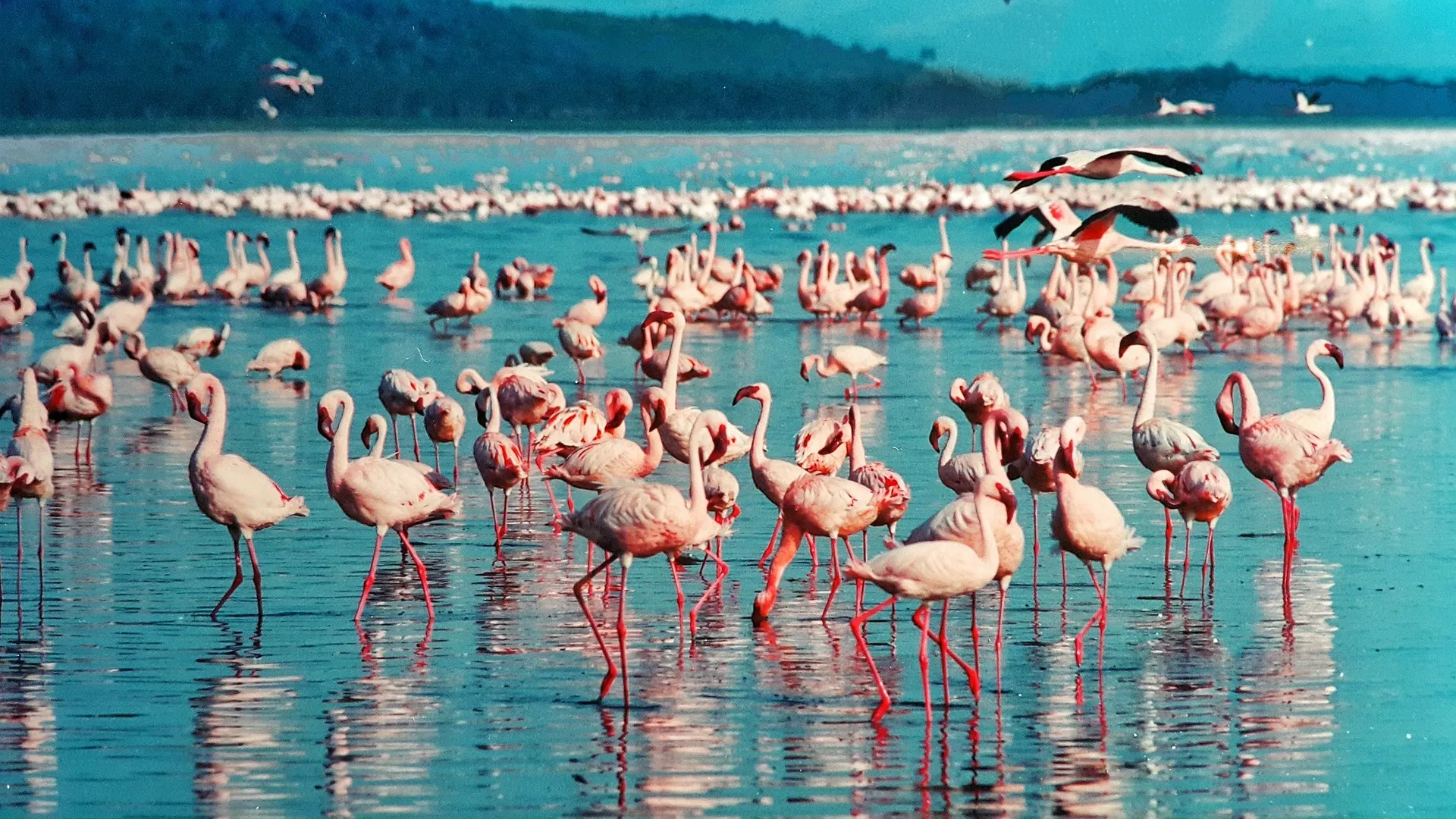
Located in the Great Rift Valley, Lake Nakuru National Park offers a unique wildlife spectacle. Known for its flamingos that color the lake’s shores pink and as a sanctuary for both black and white rhinos, the park is a paradise for wildlife lovers.
The best time to visit Lake Nakuru National Park is during the dry season, from July to October. The lack of vegetation during this time means that it will be easier to spot the wildlife present in the park including Rothschild giraffes, cape buffaloes, and various predators like leopards and lions.
Samburu National Reserve
Situated on the banks of the Ewaso Ng’iro River, Samburu National Reserve offers a unique wildlife experience. The dry season, from June to early October and January to March, is the best time to visit the park as animals gather around the river, providing excellent game-viewing opportunities.
Rest assured that you’re going to spot an incredible array of wildlife including unique wildlife species like the Grevy’s zebra, reticulated giraffe, Somali Ostrich, and the long-necked gerenuk.
Best Time to Visit Kenya Depending on Things You Want to Do
The best time to visit Kenya depends on what you’re looking to do, whether that be spending some time on a Kenyan beach or game viewing. Here’s a rundown of the best time to visit Kenya depending on things you want to do.
Beach Holidays in Kenya
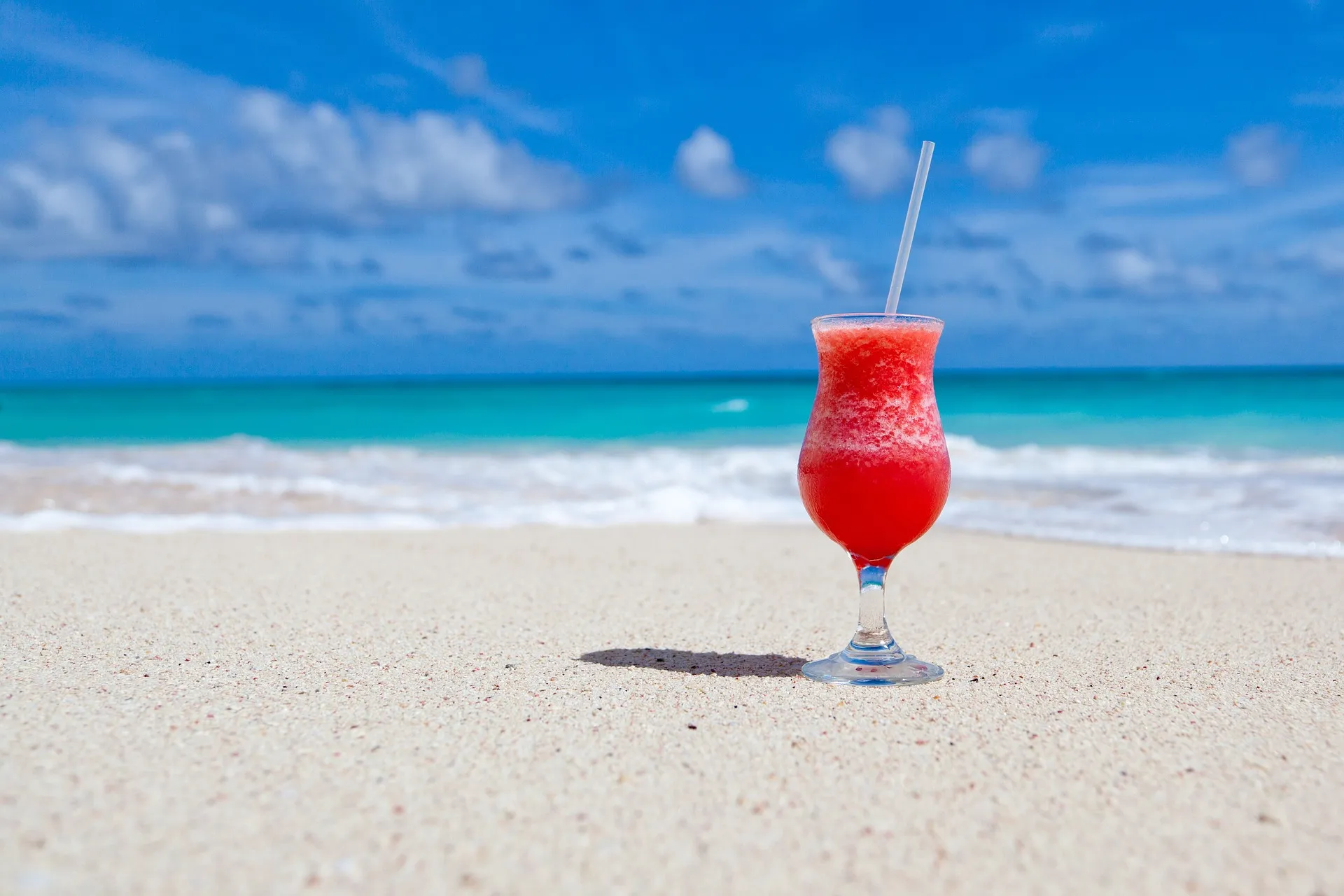
The best time to visit Kenya for beach vacations is during the dry seasons, from January-February and June-October, which coincide perfectly with the best safari viewing times.
Along the Indian Ocean, the pristine beaches of the Kenyan coast offer a variety of water activities like kite-surfing, sunset dhow cruises, and deep-sea fishing. So after an exhilarating safari, you can unwind on the beach, relax under the warm African sun, and soak in the coastal beauty of Kenya.
Birdwatching in Kenya: When to Spot Migratory Birds
Kenya is a paradise for bird lovers. It’s one of the world’s best bird-watching destinations, with over 1,000 bird species recorded. The best time to spot migratory species is from October to March. This is when birds from Europe and Asia arrive in Kenya, adding to the already diverse avian population.
Whether you’re a seasoned birdwatcher or a novice, Kenya’s birdlife is sure to captivate you. Some of the best birdwatching spots in Kenya include:
- Lake Nakuru, known for its large population of flamingos
- The forests of the Rift Valley, where you can find rare bird species
- The Maasai Mara National Reserve, home to a wide variety of bird species
So grab your binoculars and get ready to be awed by Kenya’s feathered inhabitants as you visit Kenya.
Responsible Travel in Kenya: Supporting Conservation Efforts
Responsible travel involves not only enjoying your vacation but also contributing positively to the places you visit. In Kenya, this means supporting conservation efforts, engaging with local communities, and choosing eco-friendly accommodations and tour operators.
Also, Kenya has made significant strides in wildlife conservation, resulting in the recovery of iconic species such as elephants, rhinos, and lions. Remember, every little effort counts towards preserving the beauty of Kenya for future generations.
Summary
From witnessing the Great Wildebeest Migration to relaxing on pristine beaches, birdwatching, and supporting conservation efforts, a Kenyan safari offers a plethora of unforgettable experiences. Whether you’re an avid wildlife enthusiast, a birdwatcher, or a nature lover, Kenya has something for everyone. So pack your bags, bring your adventurous spirit, and get ready to embark on the adventure of a lifetime.
Best Time for a Safari in Kenya – Frequently Asked Questions
Next we look at the most frequently asked questions about the best time to visit Kenya for a safari.
What is the best month to go on a safari in Kenya?
The best time to go on a safari in Kenya is between June and October. Traveling in early September increases the likelihood of witnessing the famous wildebeest migration across the Masai Mara.
What is the best month to go to Kenya?
The best time to visit Kenya is from June to October when there’s virtually no rain and daytime temperatures are not too hot. These months offer the best weather for enjoying outdoor activities and wildlife viewing in Kenya.
Which is the best month to visit Masai Mara?
The best month to visit Masai Mara is during the long cool-dry season from July to October, as the absence of rain makes it easier to observe animals and insect levels are lower during this time.
What wildlife can I expect to see in Kenya?
In Kenya, you can expect to see a diverse range of wildlife, including the ‘big five’, cheetahs, hippos, Nile crocodiles, and numerous bird species. Enjoy your wildlife experience in Kenya!
What is the Great Wildebeest Migration?
The Great Wildebeest Migration is a natural event where over a million wildebeest, zebra, and gazelle migrate from the Serengeti in Tanzania to the Masai Mara in Kenya between July and October. It is one of the most spectacular wildlife events in the world.

